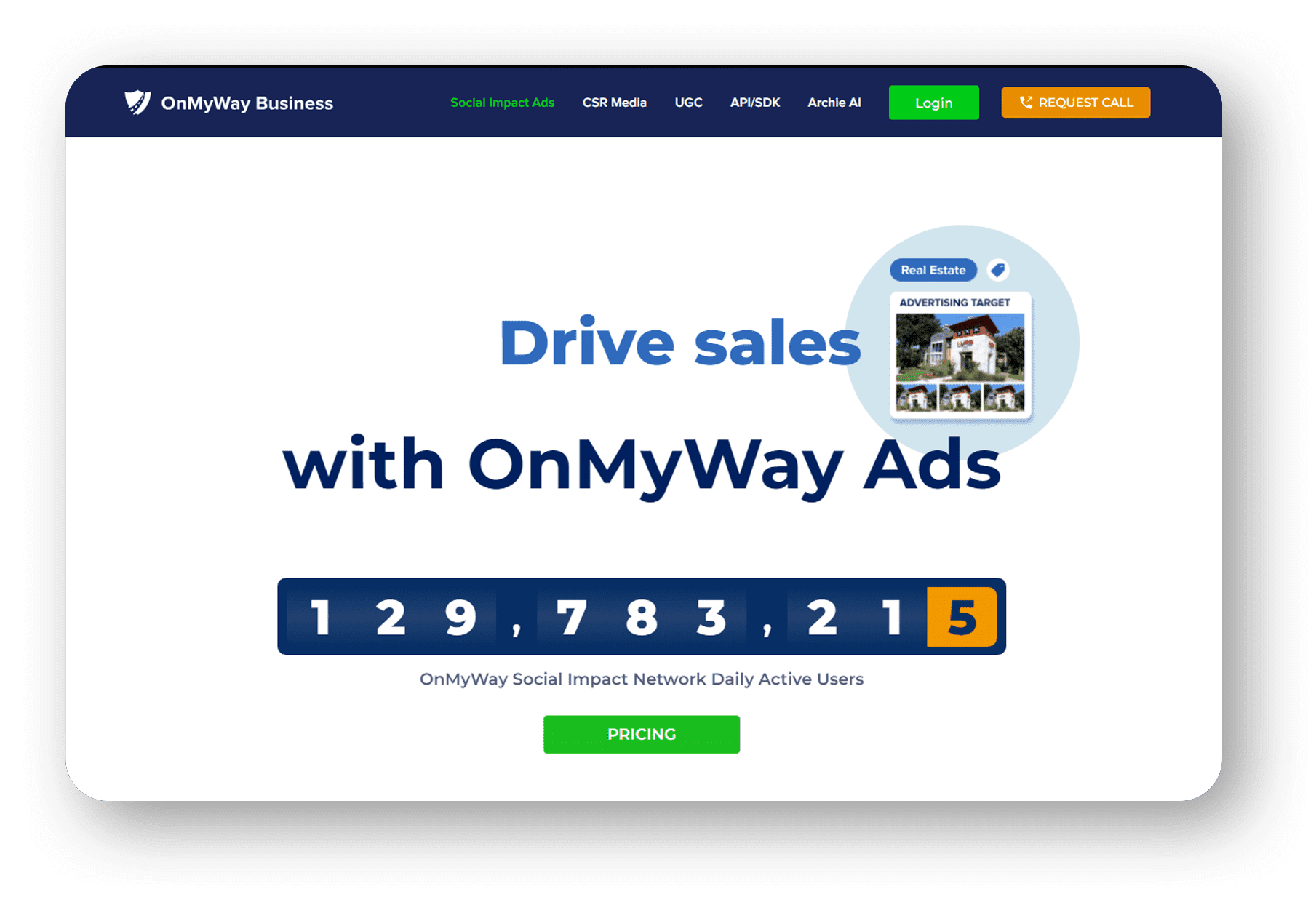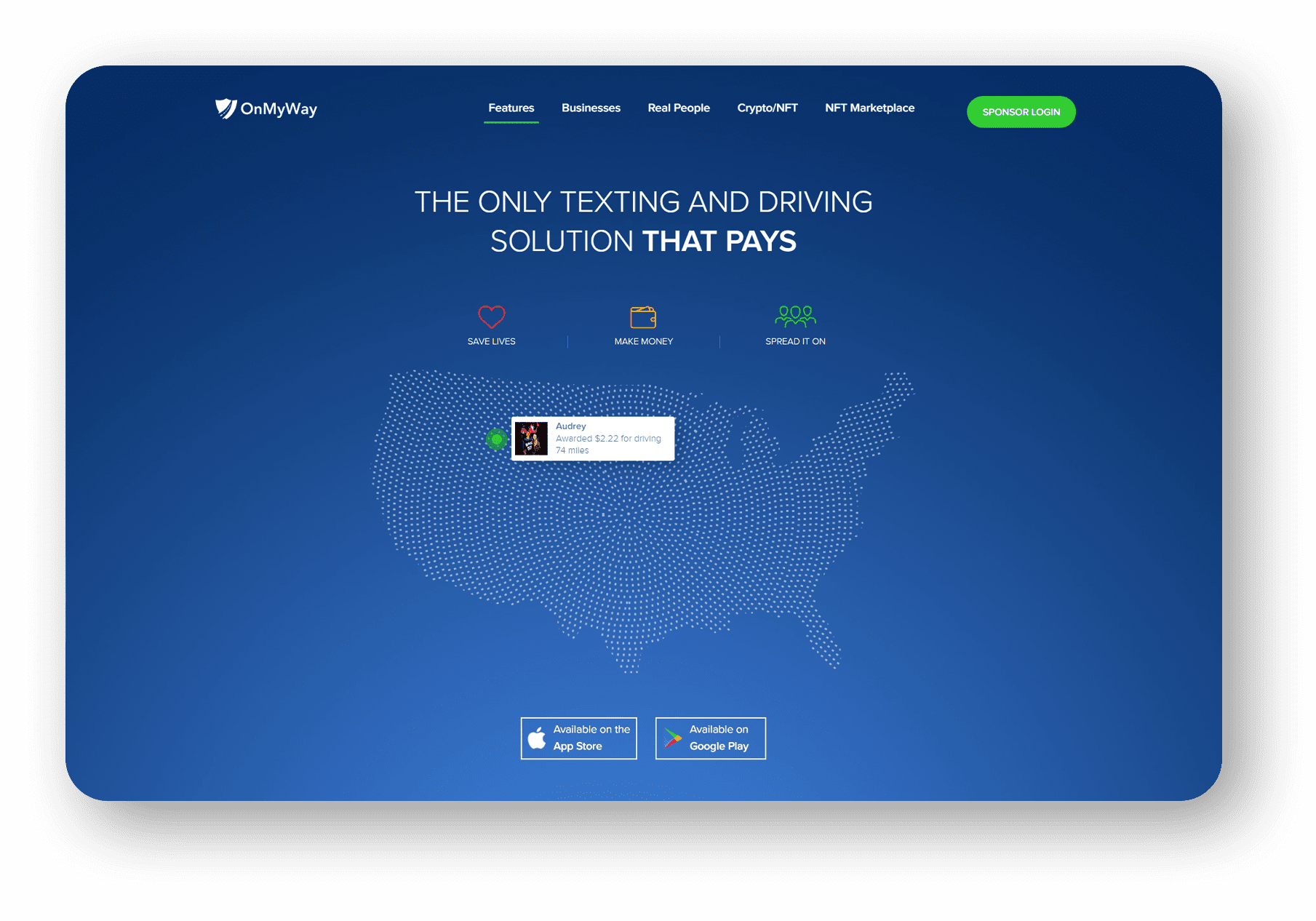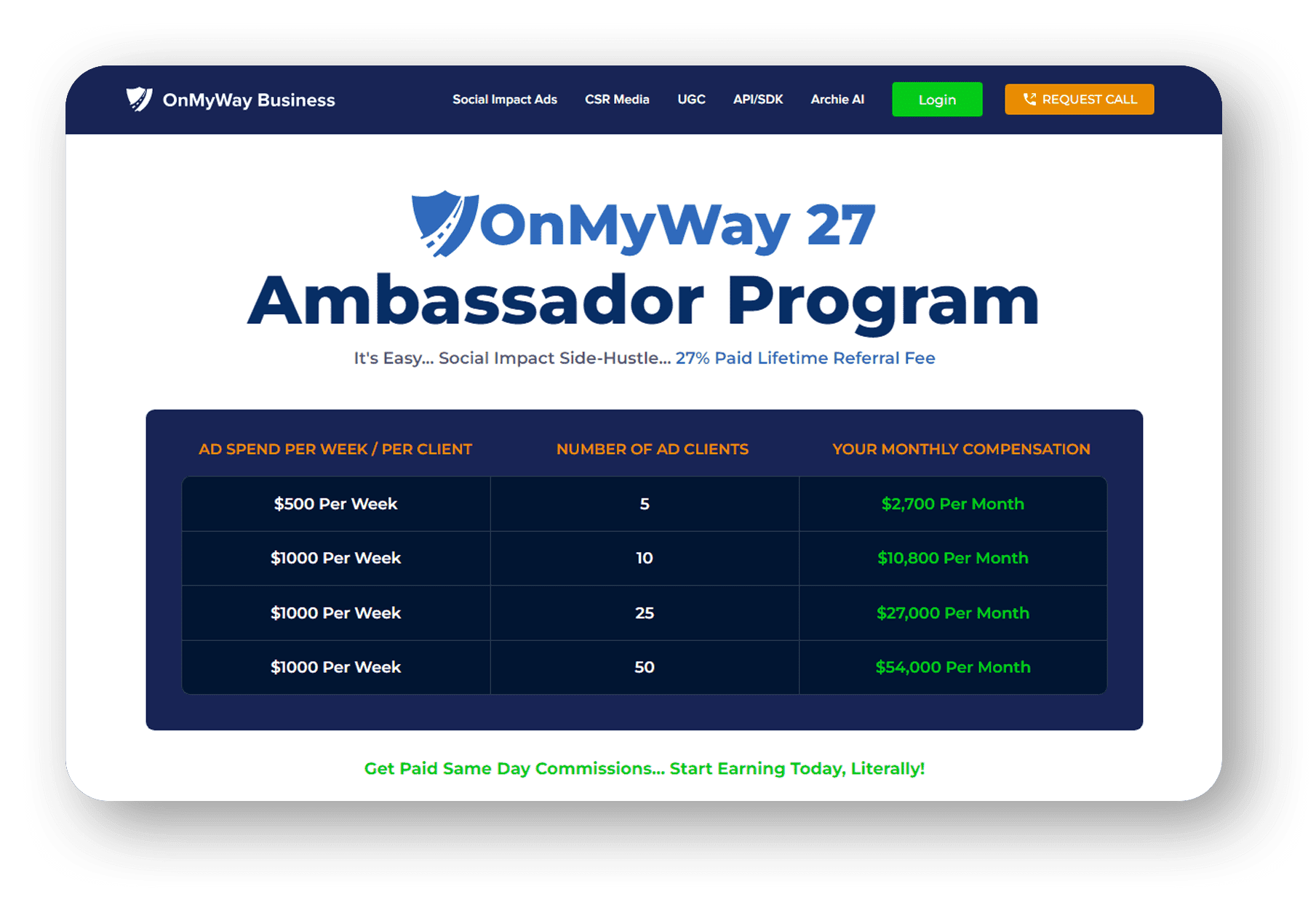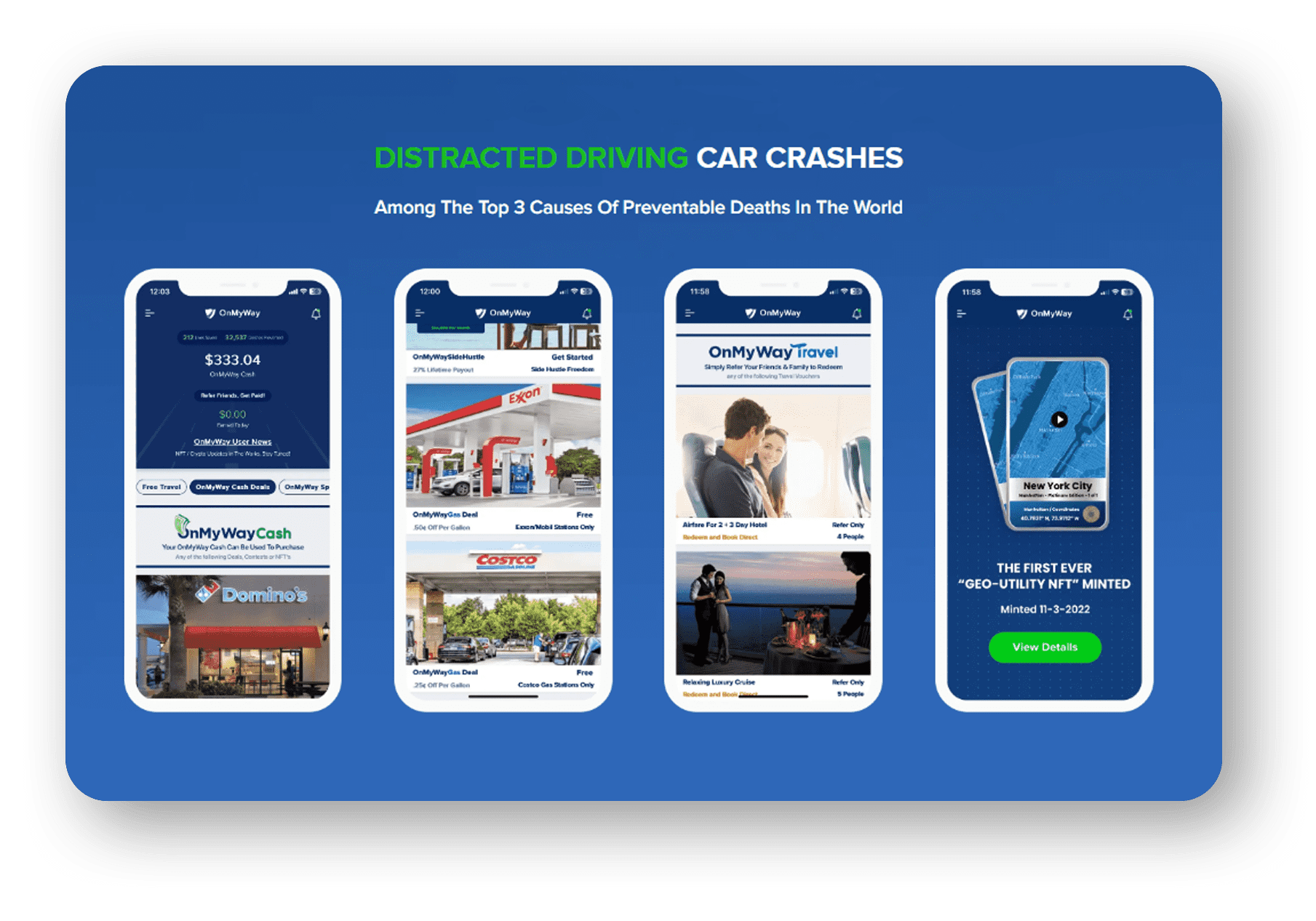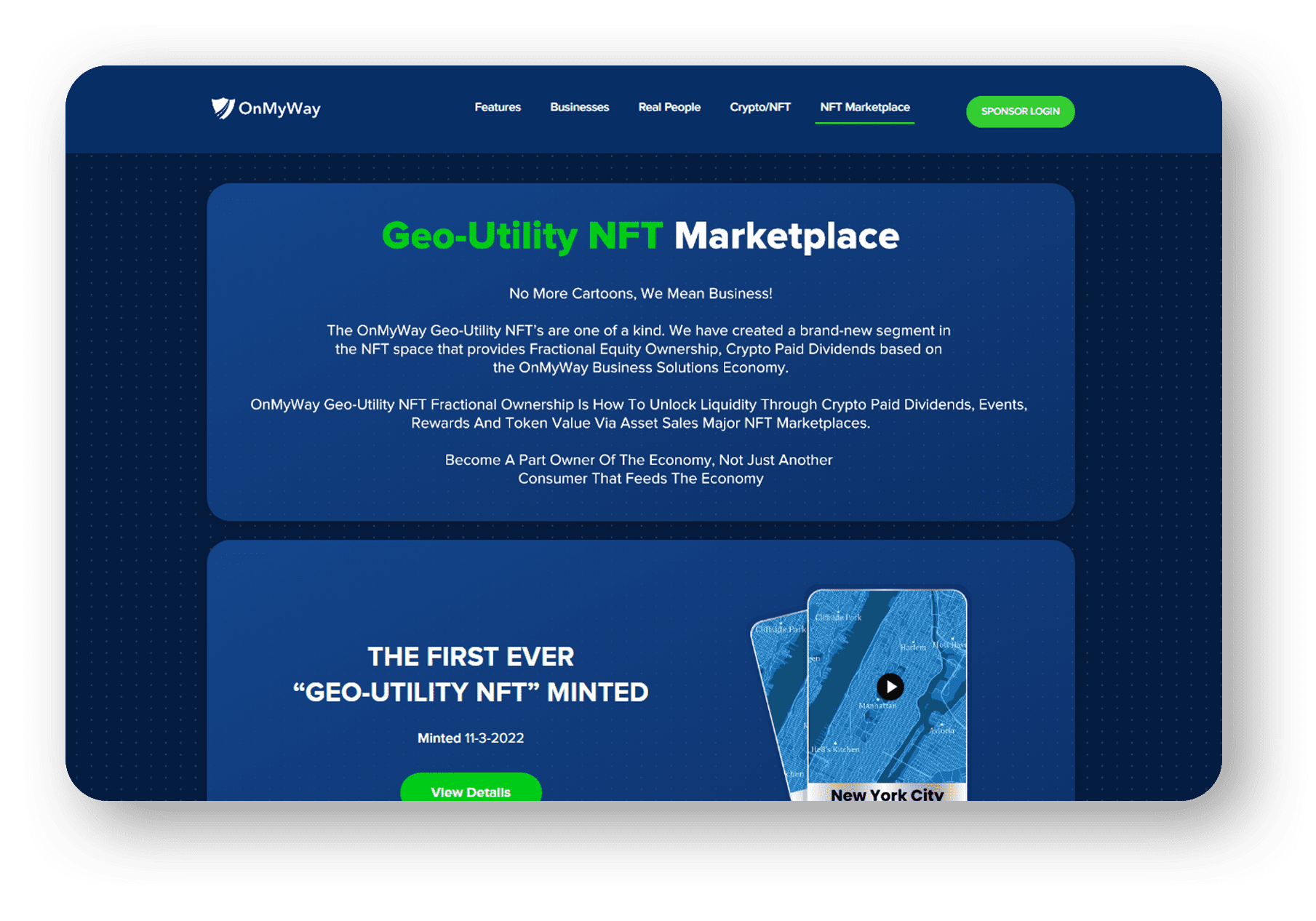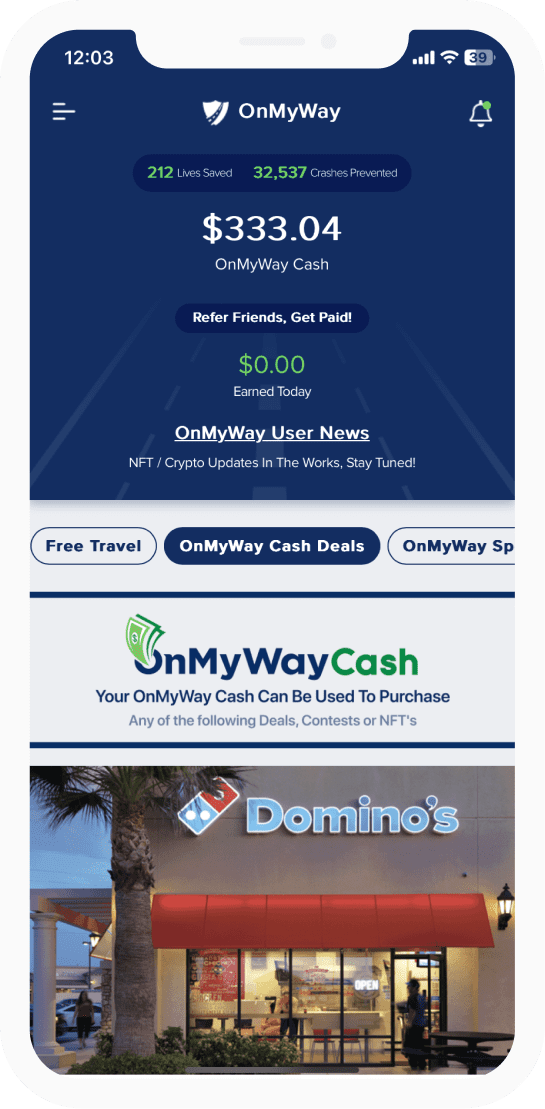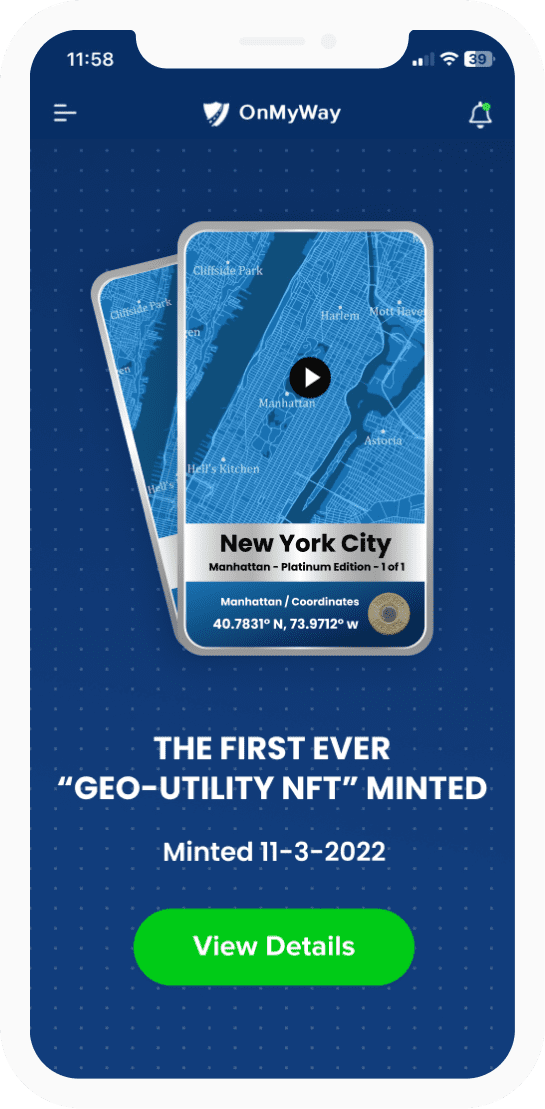
Also known as Hansen’s disease, leprosy results from infection with the bacteria M. leprae and can cause blindness and the crippling of the hands and feet. The new analysis shows that the number of leprosy cases in the U.S. has doubled during the past decade, with one-fifth of all U.S. cases occurring in central Florida. There were 159 cases nationwide in 2020.
The alert was published in this month’s edition of the CDC journal Emerging Infectious Diseases. The author detailed the 2022 case of a 54-year-old Florida man who had lesions on his face, arms, trunk, and feet, and laboratory tests confirmed nerve involvement. The man had lived in central Florida his entire life, worked as a landscaper, and spent a lot of time outdoors. He was successfully treated with antibiotics.
Previously, health experts attributed most U.S. cases to international travel or to contact with armadillos. But this latest study showed that many recent cases in the eastern U.S., including Georgia and central Florida, could not be linked to animals or international travel.
An estimated 95% of people have natural immunity to leprosy, according to the federally run National Hansen’s Disease (Leprosy) Program. Nevertheless, the researchers wrote in this study that medical providers should be on alert for the disease when treating people who have traveled to central Florida.
Meanwhile, the number of reported cases of leprosy in the south-eastern US has more than doubled over the last decade, the CDC reported, with growing instances of people contracting leprosy within the country.
“Whereas leprosy in the United States previously affected persons who had immigrated from leprosy-endemic areas, [about] 34% of new case patients during 2015–20 appeared to have locally acquired the disease,” the CDC said.
The CDC said the data represented “mounting epidemiological evidence supporting leprosy as an endemic process in the south-eastern United States”.
Nationally, the number of reported leprosy cases in the US fell from 2019 to 2020, according to the federal Human Resources and Services Administration. The increase in central Florida, however, represents a new cause for concern.
“Travel to this area, even in the absence of other risk factors, should prompt consideration of leprosy in the appropriate clinical context,” the CDC said.
Leprosy, which is spread by moisture droplets passed through the air, can lead to serious disabilities, including nerve damage, if left untreated. However, the disease is curable with medication, and damage can be prevented if leprosy is diagnosed in time.
The CDC cited the case of a 54-year-old man who lives in central Florida. The man had not traveled domestically or internationally, had not had “prolonged contact with immigrants from leprosy-endemic countries”, and had denied exposure to armadillos, which are known to carry the disease.
“Leprosy has been historically uncommon in the United States; incidence peaked around 1983, and a drastic reduction in the annual number of documented cases occurred from the 1980s through 2000,” the EID said in its report. “However, since then, reports demonstrate a gradual increase in the incidence of leprosy in the United States.”
Most of the cases from 2020 were from Florida, California, Louisiana, Hawaii, New York and Texas, according to the Health Resources and Services Administration.
In recent decades, cases have been from travelers coming to the U.S. Now, researchers are pointing out that roughly one-third of cases from 2015 to 2020 appear to have been acquired locally, suggesting the disease is being transmitted in the U.S., either from person-to-person or from contact with animals like armadillos.
In 2015, one Florida county reported an increase in leprosy cases, where three people were diagnosed with the disease in five months. “Travel to this area, even in the absence of other risk factors, should prompt consideration of leprosy,” the report said.
Leprosy is treatable — patients typically take a combination of two or three antibiotics for one to two years. Left untreated, nerve damage from the infection can lead to paralysis and the crippling of a person’s hands and feet. Damage that occurred prior to starting treatment cannot be reversed.
The 54-year-old man in the new report told his doctors that he had never left the state of Florida and had no exposure to armadillos and no extended interaction with people from countries with high rates of leprosy, though he did spend a lot of time outdoors.
About 34% of new cases between 2015 and 2020 didn’t have those traditional risk factors, according to the research letter. Instead, the people appear to have been infected locally, a finding that suggests that leprosy has become endemic in Florida, the letter says.
Experts agree that leprosy is becoming endemic in the region. But that need not cause a public health panic, said Dr. Nicole Iovine, chief hospital epidemiologist at the University of Florida Health Shands Hospital. “Endemic” simply means there are regular levels of a disease in a region but not that rates are climbing, she explained.
“It’s really rare still,” Nathoo said. “These numbers are still relatively super low here. We’re not that concerned with it.”
OVERVIEW
OnMyWay Is The #1 Distracted Driving Mobile App In The Nation!
OnMyWay, based in Charleston, SC, The Only Mobile App That Pays its Users Not to Text and Drive.
The #1 cause of death among young adults ages 16-27 is Car Accidents, with the majority related to Distracted Driving.
OnMyWay’s mission is to reverse this epidemic through positive rewards. Users get paid for every mile they do not text and drive and can refer their friends to get compensated for them as well.
The money earned can then be used for Cash Cards, Gift Cards, Travel Deals and Much, Much More….
The company also makes it a point to let users know that OnMyWay does NOT sell users data and only tracks them for purposes of providing a better experience while using the app.
The OnMyWay app is free to download and is currently available on both the App Store for iPhones and Google Play for Android @ OnMyWay; Drive Safe, Get Paid.
Download App Now – https://r.onmyway.com
Sponsors and advertisers can contact the company directly through their website @ www.onmyway.com



